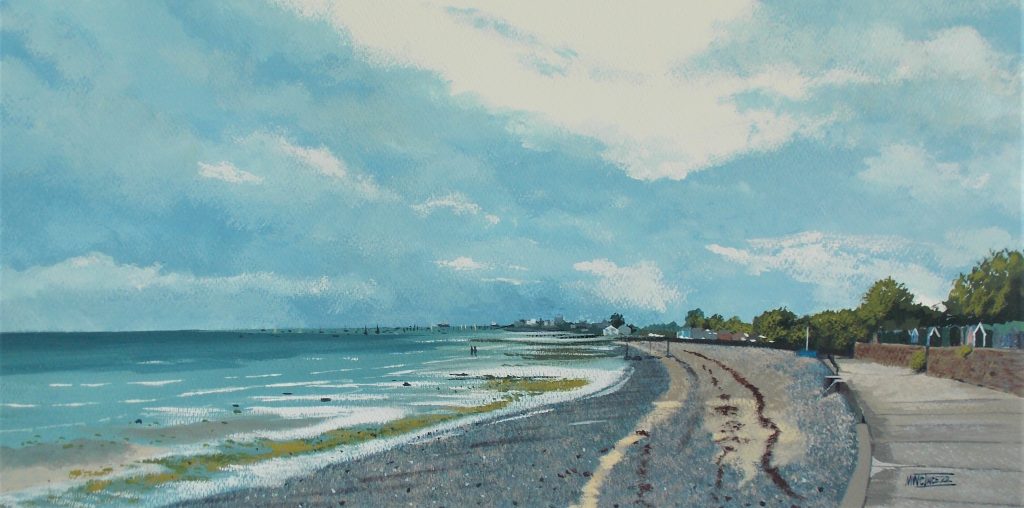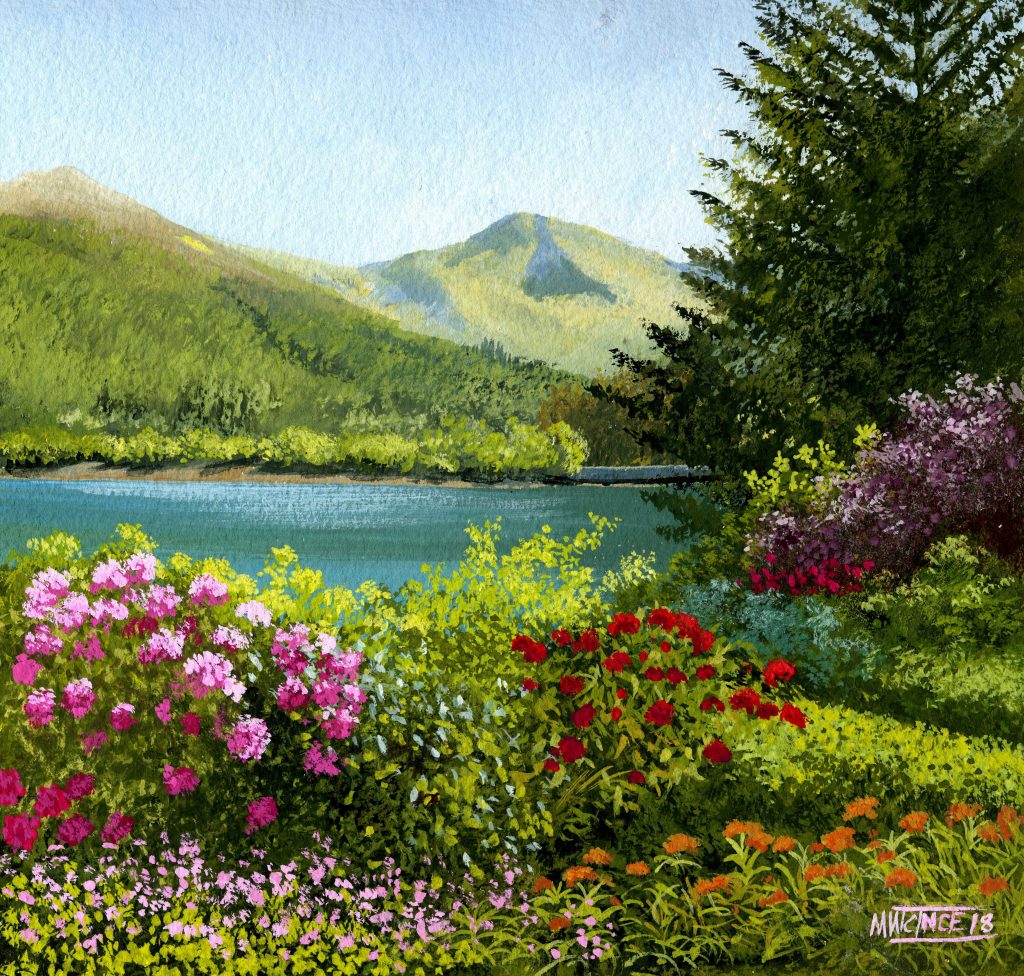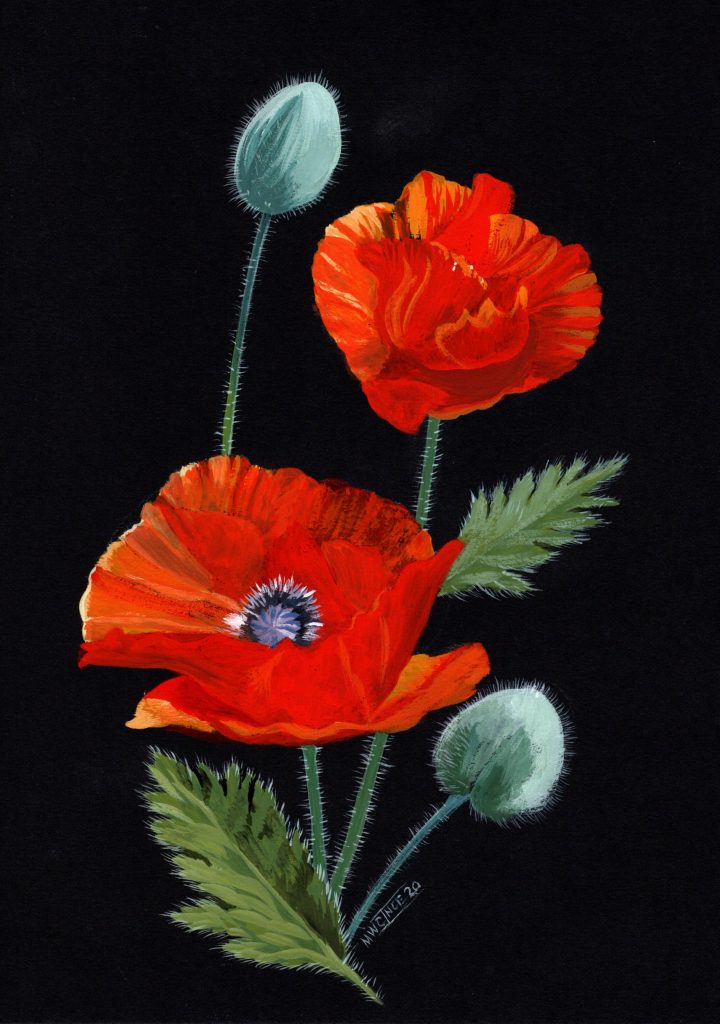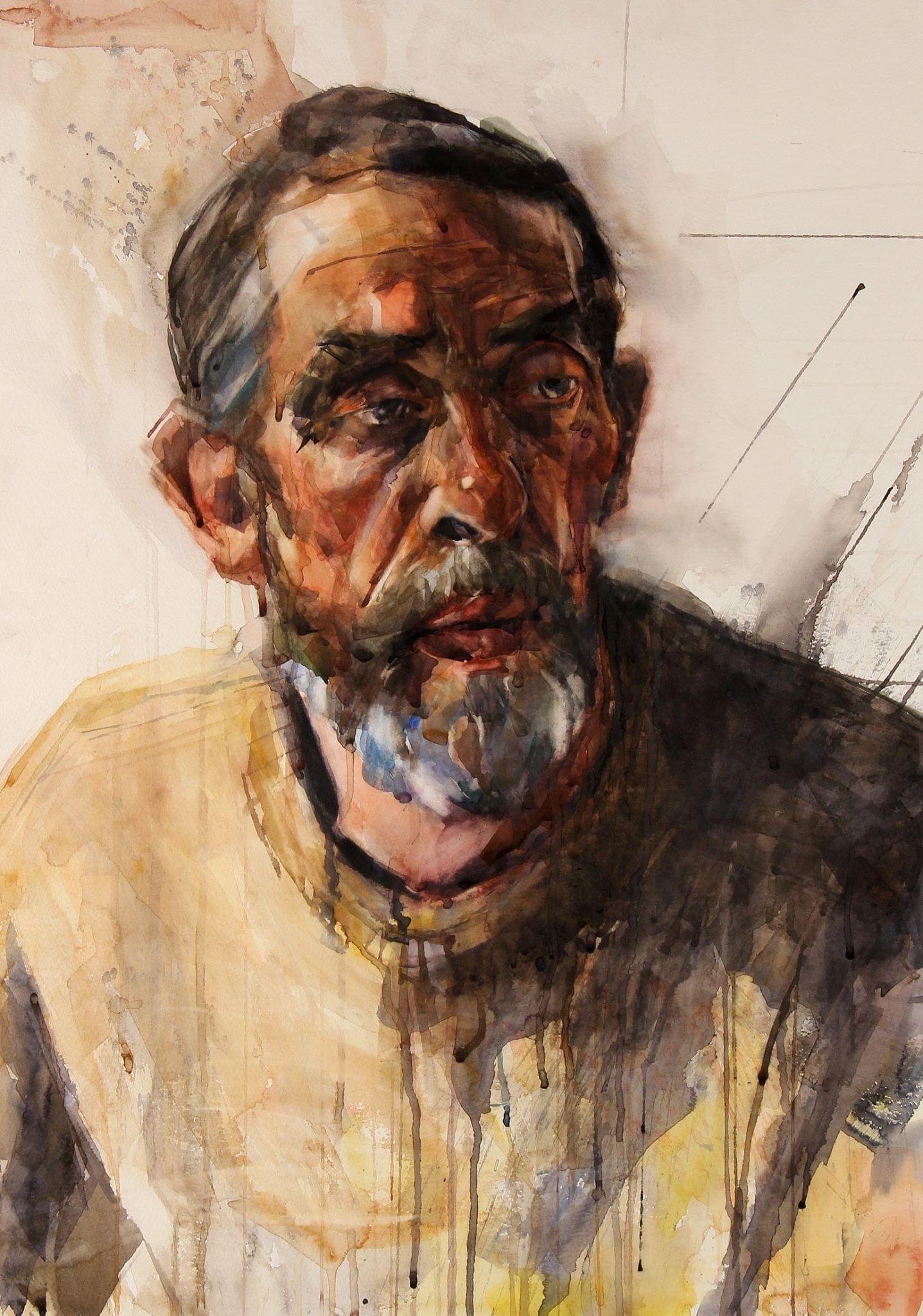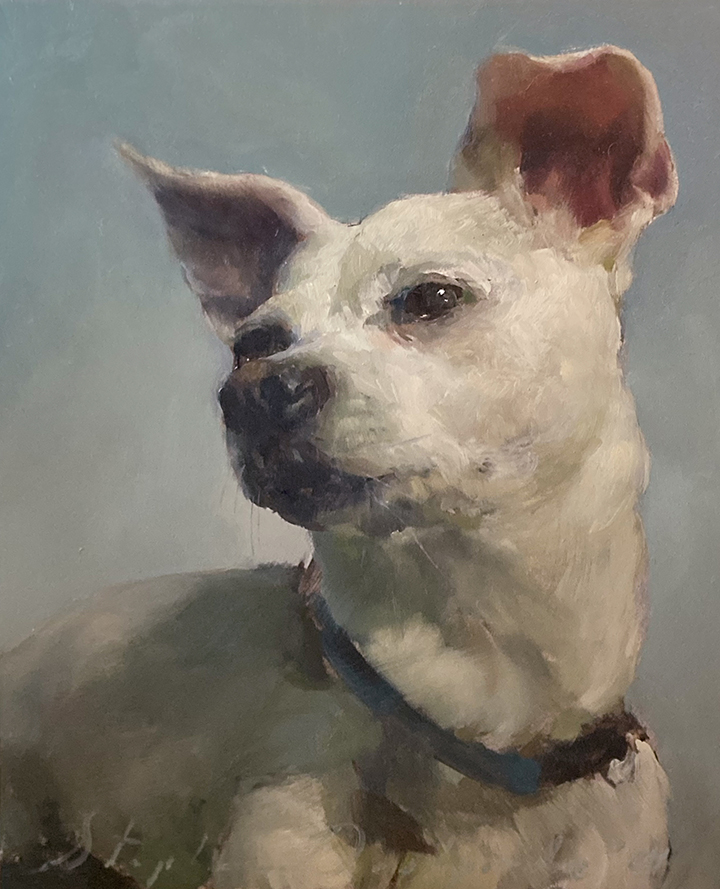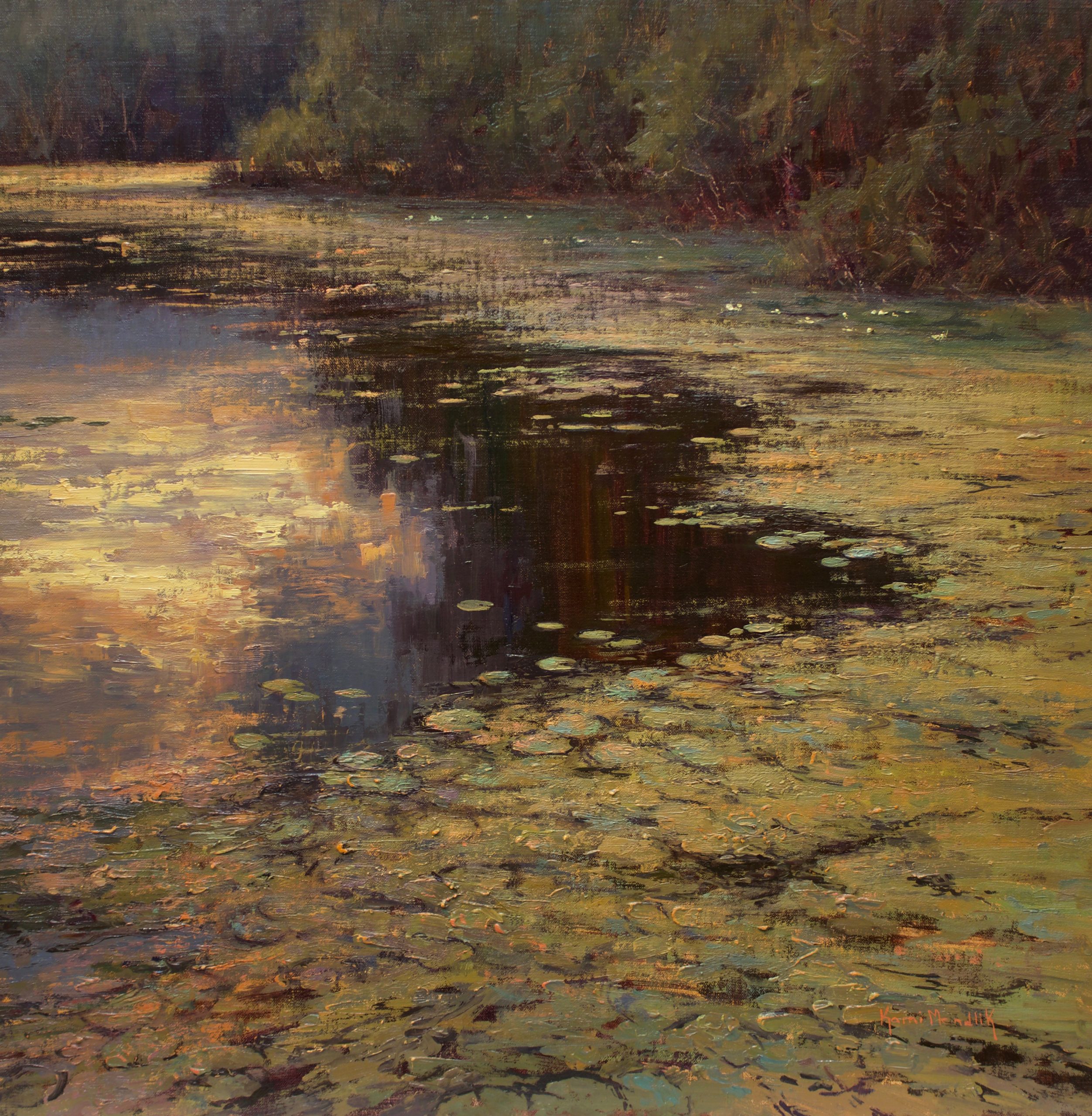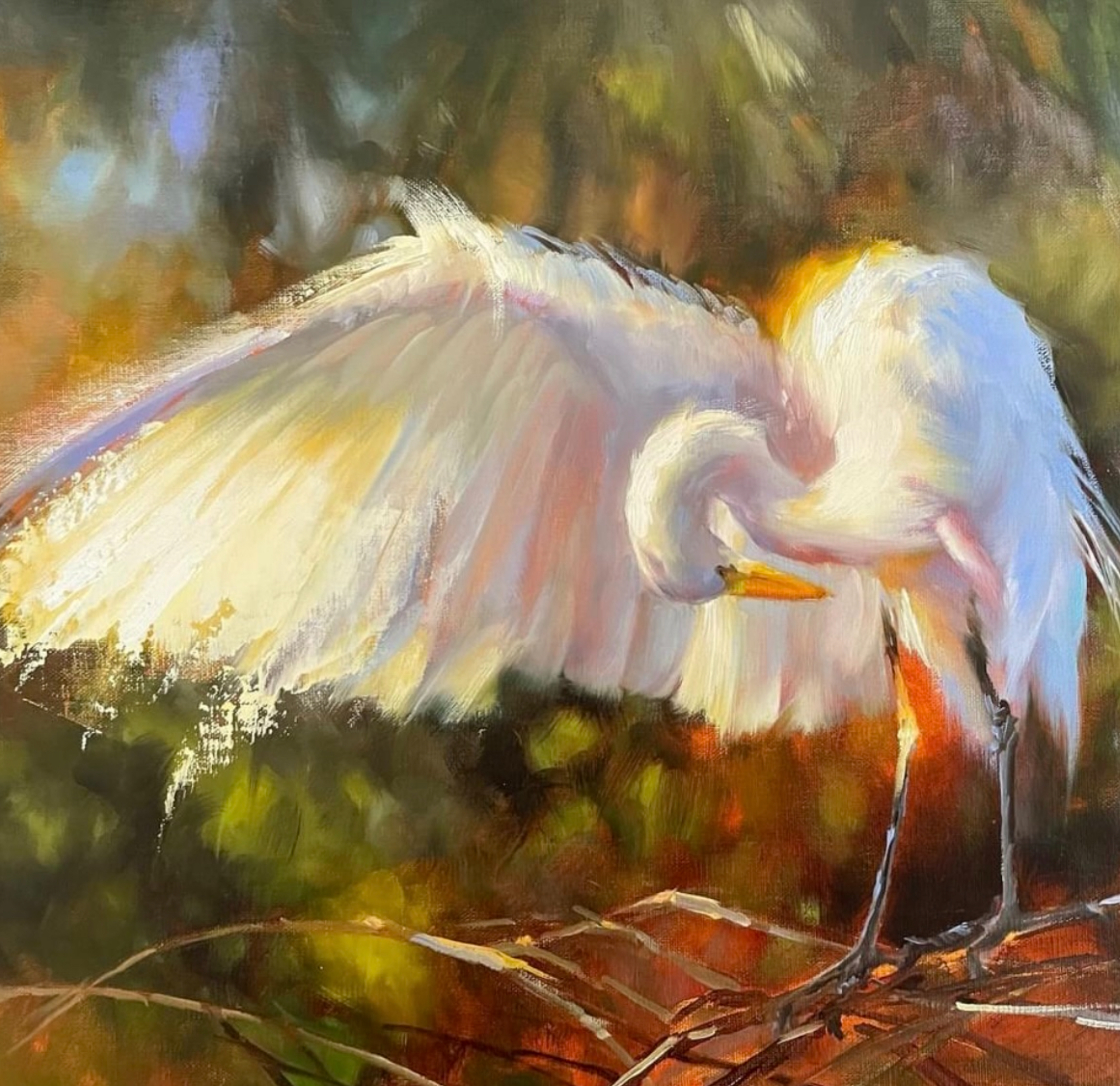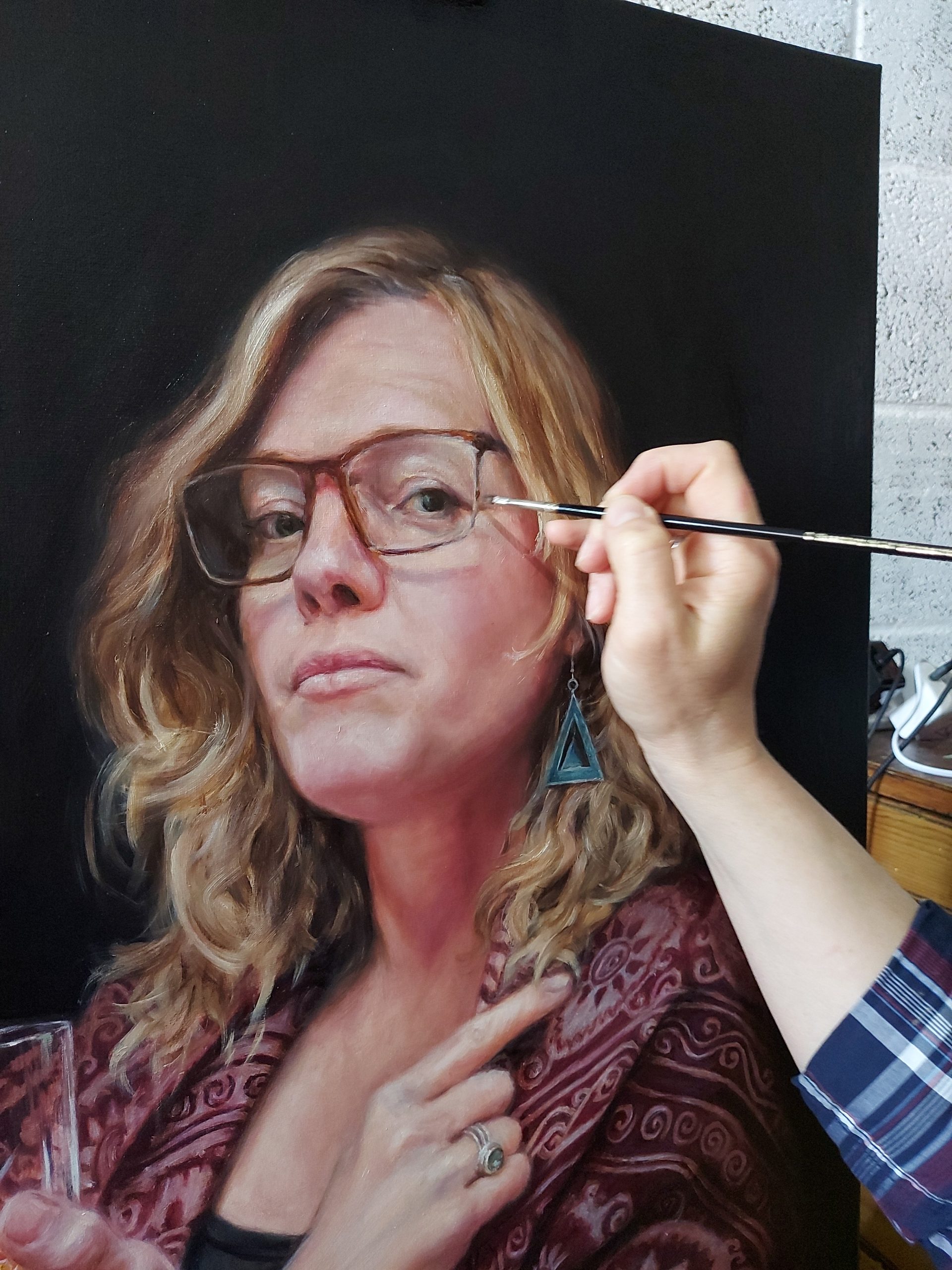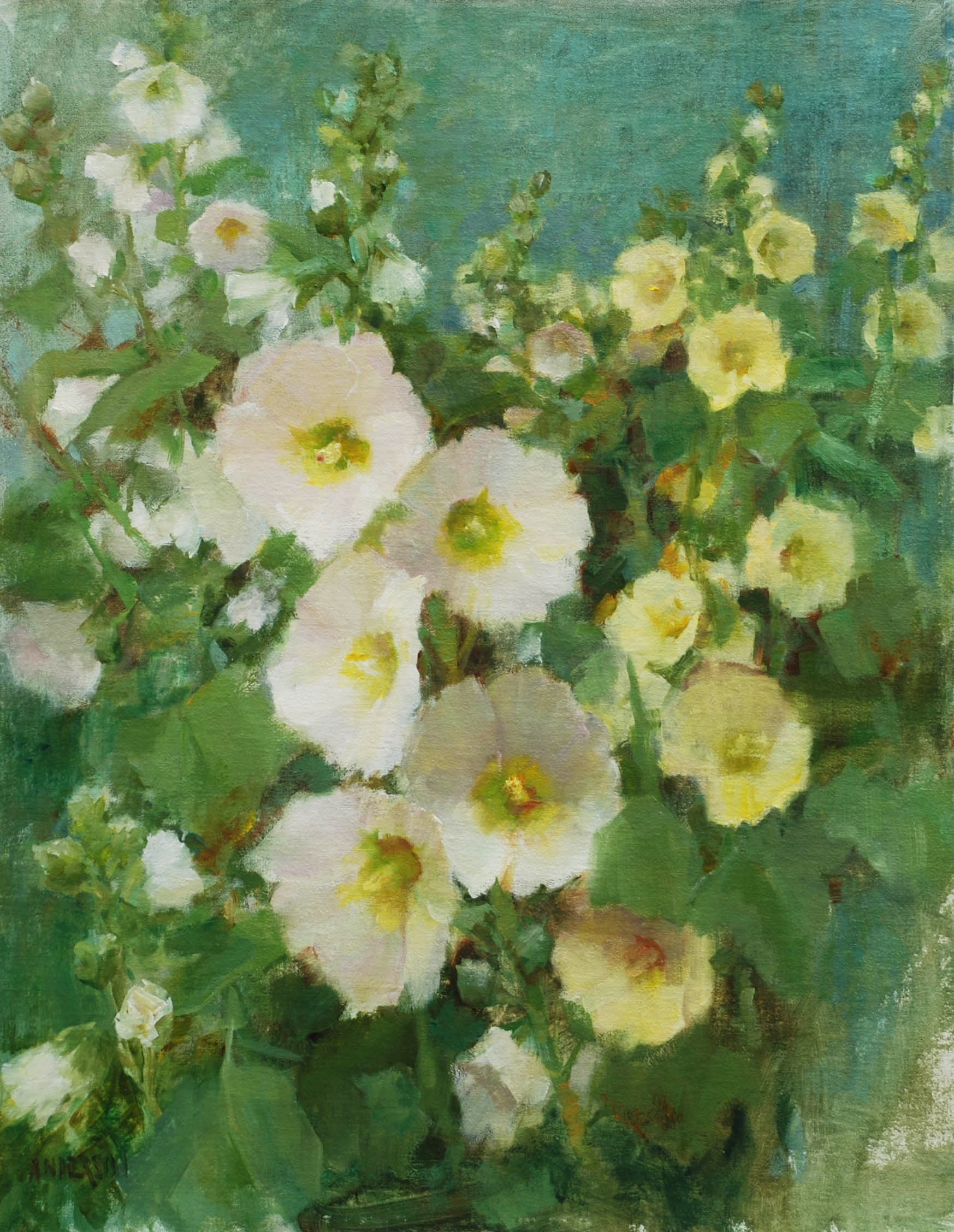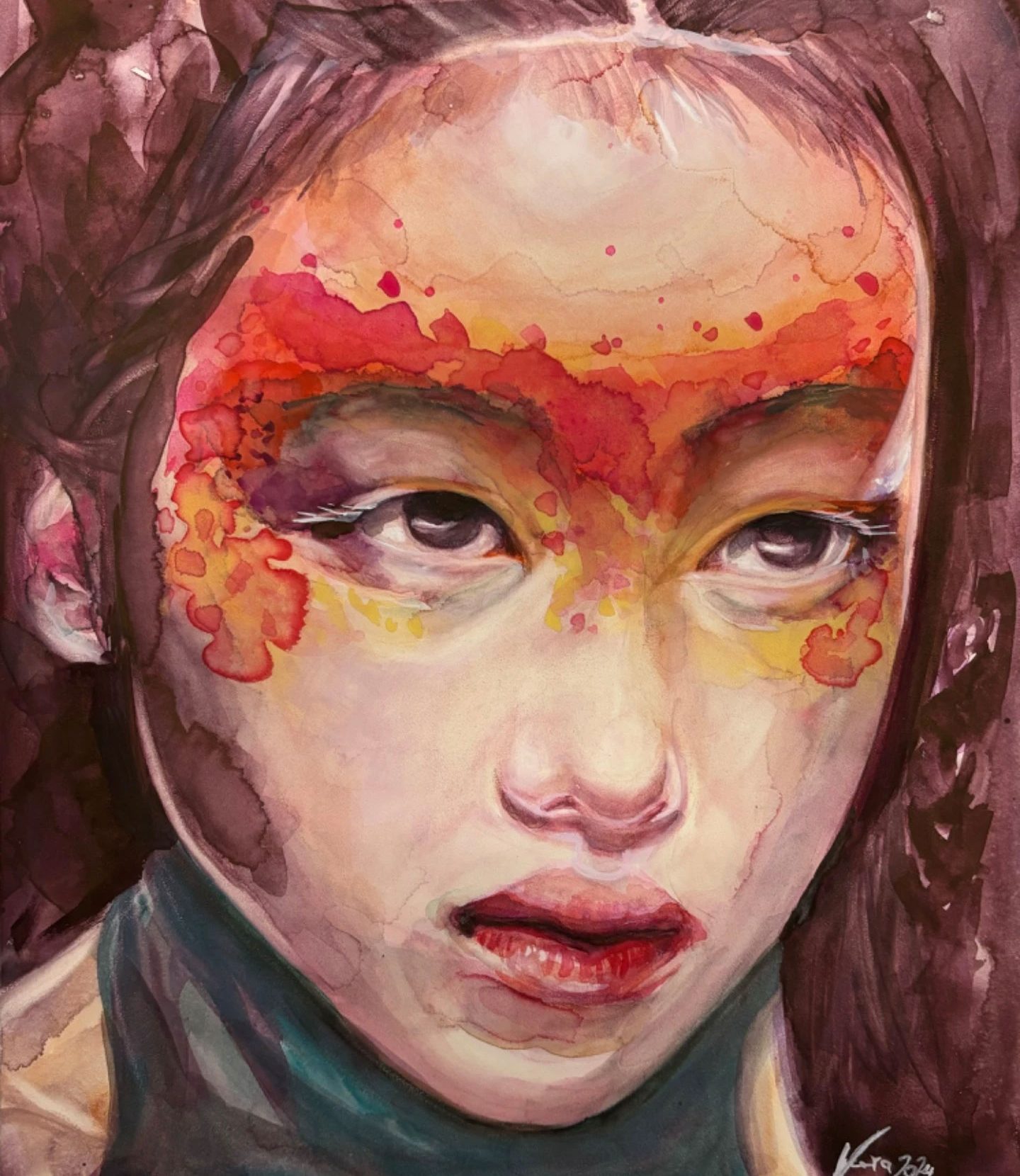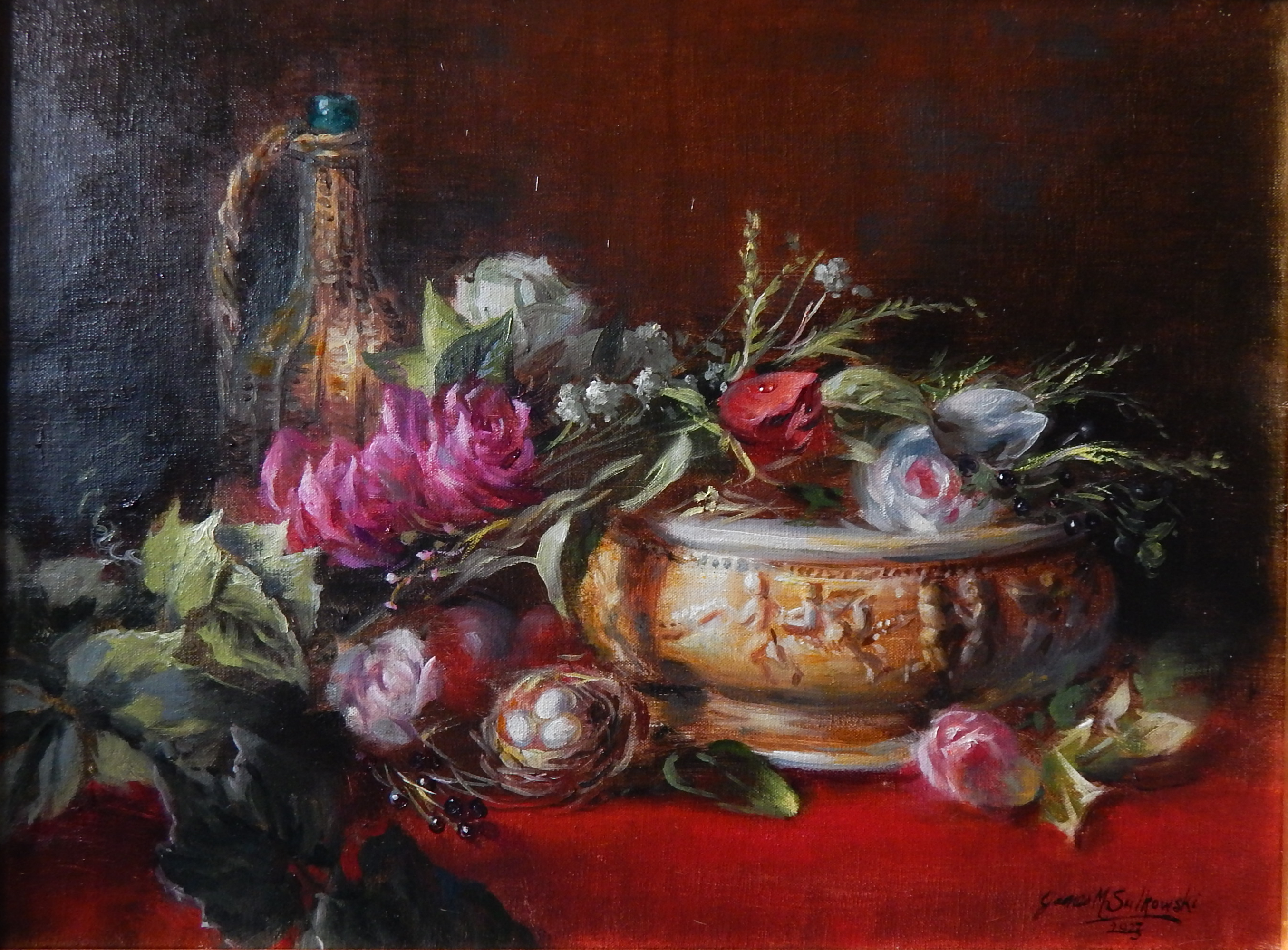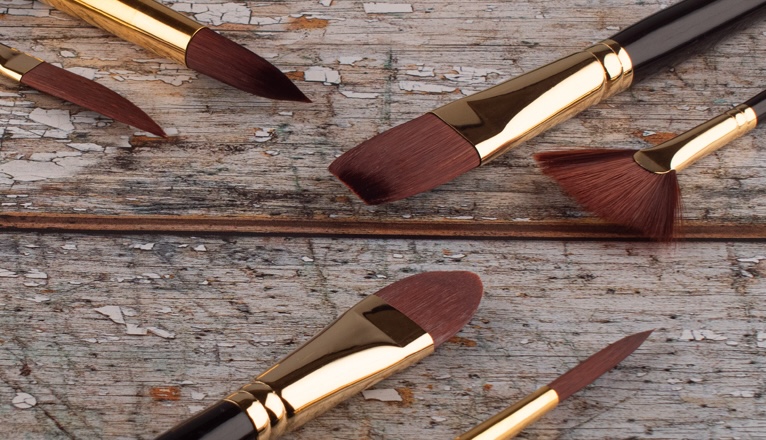
Gouache; A Brief History and The Suitability of Rosemary & Co’s ‘Shiraz’ Brushes
Gouache paint has been around for centuries however not many casual artists have experience with them like they have with the more popular mediums of acrylic, watercolour or oil. I spoke to Murray Ince, an artist and tutor based on the Isle of Wight about Gouache and what best practices he implements. This is what he had to say;
“Gouache is a lovely medium to work with and has a surprisingly long history. It is very similar in use to Egg Tempera and Casein. Egg tempera’s pigments are bound with egg as you may have guessed and Casein is precipitated from milk. The binder is made by dissolving the resulting ‘Casein’ in an alkaline, usually lime, ammonium carbonate or borax, which is then added to the pigments. There are very subtle differences in these three media, but probably the most important is that over time both casein and egg tempera become waterproof. Gouache is not waterproof when dry so needs to be mounted and framed under glass as you would a watercolour.
The advantage of Gouache not being waterproof is that it can be re-wetted or dampened to re-activate the surface allowing for some subtle blending. The binder used in Gouache is Gum Arabic the same as in watercolour. The major differences between Gouache and watercolour are that the particles of pigment in gouache are larger and there is significantly more pigment in gouache. An ‘extender’ is used in some gouache colours, usually precipitated chalk which all works to make gouache much more opaque than its transparent counterpart.
‘View Towards Seaview from Puckpool, Isle of Wight’
Gouache Characteristics
Gouache dries to a lovely, matt, velvet like surface and as it is an opaque medium reproduces extremely well. Watercolour being transparent is notoriously difficult to reproduce well as some of the subtleties can be lost in the reproduction process, light passes through the pigment of pale washes bouncing back from the papers surface whereas gouache being more heavily pigmented, opaque and matt absorbs the majority of the light giving more accurate reproductions. For a long time, gouache has been the favoured medium by designers, animators and illustrators and has become known as Designer’s gouache.
The surface of a gouache painting makes it suitable for certain mixed media techniques, I have used it to great effect with coloured pencil and artist’s soft pastel allowing for some great effects.
The opaqueness of gouache allows for the application of light colours over dark colour, making it much more forgiving than watercolour.
‘Loch Leven’ on Rough 140lb watercolour paper
Surfaces
The properties of gouache make it possible to paint on a great many supports and grounds including all types of watercolour paper. Of course, you can use any paper below 140lb in weight if it is first stretched as you would watercolour paper. As gouache is so opaque you are able to paint straight onto any dark colour including black, any colour mount board is a good support! You can also paint on stretched canvases and canvas boards. If using on a stretched canvas don’t use it too thickly as the dried surface of gouache is not overly flexible and could be prone to cracking if on a very flexible surface.
Application
I am best known for my work in Water-Mixable Oil paints and am the founder of the ‘Society of Painters in Water-Mixable Oils’ for which I use the Rosemary & Co ‘Ivory’, ‘Red Dot’ and various brushes from their special ranges. I also do an ever-increasing amount of work using gouache and for many years just used basic lower price bracket brushes for painting with gouache due to its make-up, gouache is grittier and heavier than watercolour and even though I have generally been happy with my results I have always had my eye open for the perfect brush to use with them, queue Rosemary & Co!
Thumbing through the lovely catalogue (available for free here) and speaking to Joe at R & Co. I decided to buy some of the ‘Shiraz’ range of brushes and boy, am I glad I did! They are totally suitable for my style of gouache painting and are available in a great range of shapes and sizes. They have a lovely ’snap’ and hold their beautiful shapes well. They are that bit stiffer than watercolour brushes but not as stiff as hog bristle brushes making them perfect for my style and techniques.
I will be adding many more ‘Shiraz’ brushes to my growing collection of Rosemary & Co brushes, they have certainly helped me improve and develop my techniques in all mediums.”
by Murray William Cole Ince
‘Poppies’ on black cartridge paper 11” x 8”
Murray has mentioned the key brushes he has used for his recent gouache endeavours:
The pointed rounds hold their points beautifully and are a lovely shape, and the filberts, Daggers and flats hold a knife-sharp edge which is really useful and gives me the full armoury of various mark-making. I will be buying the full range in the very near future!
A big Thank You to Murray for all your information, I hope and I’m sure our readers can learn something new!
Everyone has their own individual preferences and favourite brushes. We are thrilled Shiraz works really well for Murray, but many of our brushes could also work for other artists, from beginner to advanced. Check out some of our brush sets that will be well-equipped for gouache by clicking here.
I welcome you to visit Murray’s X at @MurrayInce.


